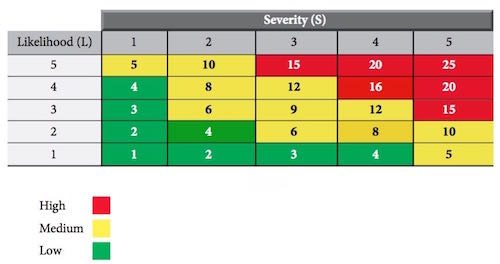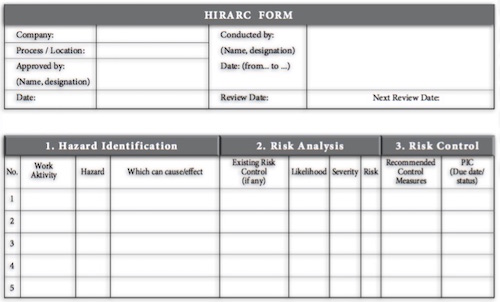Hazards of Handling Industrial Fish - The topic this time is to share guidance to fishermen and their crews to identify hazards that may arise during their work on the fish landing jetty and fishing vessels, especially the danger of inhaling toxic gas.
- Inhaling toxic gases
- Lack of oxygen when working in a confined space such as fish storage compartment, engine room and cold room
- Accidents involving machinery such as crushed, or struck, pinched between objects, fingers cut and fall
- Electric shock
What is the danger when working in a fish storage compartment?
- Inhaling toxic gases, particularly hydrogen sulfide (H2S)
- Lack of oxygen
What are properties of hydrogen sulfide (H2S)?
- Highly toxic and can cause death
- Colorless, smells like rotten eggs and flammable
- Soluble in water and is easily released into the air when the water was stirred
- heavier than air and is always at the bottom and the surface of the water
The danger of hydrogen sulfide (H2S) to health
- Low (0-10 ppm) : not comfortable on the eyes, nose, throat
- Fair (10-50 ppm) : Headache, nausea and vomiting, loss of balance, difficulty in breathing
- High (50-100 ppm) : damaging the respiratory system, kill the human sensory cells, fainting, coma, death
How the hydrogen sulfide (H2S) can be produced?
- The process of decomposition of the stock of fishes in an enclosed space
- Can also be produced from the decomposition of vegetable, animal carcasses are exposed to bacteria
- Naturally produced or produced in industry
How to prevent hydrogen sulfide (H2S) is produced in the fish storage compartment?
- Cooling system should be turned on all the time
- Always rinse the dirt with clean water. Avoid fish waste water accumulated in a closed space
- Good ventilation system in fish storage
- Cooling system is maintained on a regular basis
- Always detect the presence of hydrogen sulfide (H2S) gas by using gas detector
What should you do if exposed to hydrogen sulfide (H2S)?
- Come out of that dangerous place immediately
- Wash your face, eyes and body with clean water
- Seek immediate medical attention
Measures to be taken before entering into an area that contains hydrogen sulfide (H2S)
- Measuring the level of hydrogen sulfide (H2S)
- Removing the existing gas by pumping fish waste water out of the storage compartment and at the same time pumped clean air into inside
- Wearing one of the following protective equipment for rescue purposes;
- Self Contained Breathing Apparatus (SCBA)
- Supplied Air Breathing Apparatus (SABA)
- Escape Breathing Apparatus (EBA)
- Gas Canister
- Always work with the help of friends (buddy system)












